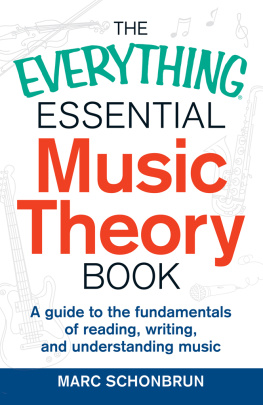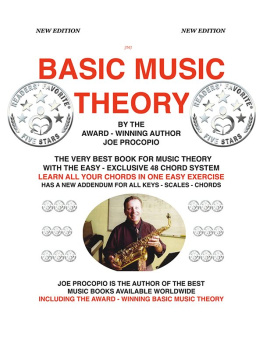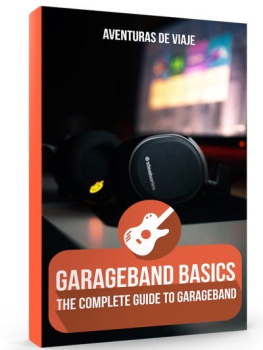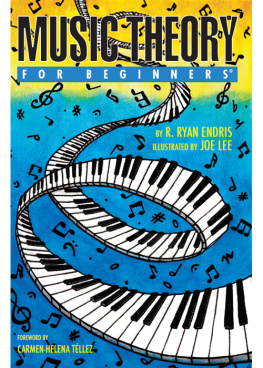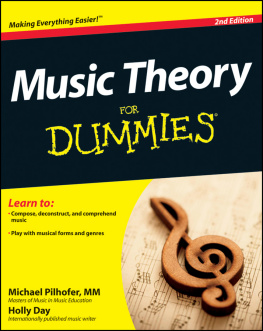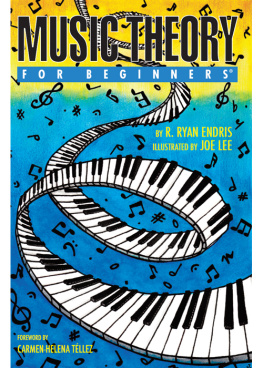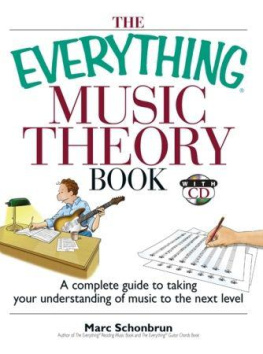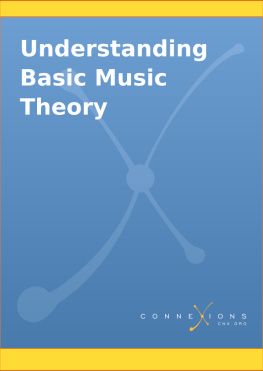Contents
Read what folks have to say about the best-selling Music Theory book versatile enough to be used by kids, adults, schools and universities.
Basic Music Theory is an ideal and highly recommended text for anyone of any background wanting to become proficient in the reading, composing, and performance of written and notated music.
Midwest Book Review
(5 stars, highest rating)
This is a book that covers lots of ground without ever appearing difficult. It is written in a breezy, conversational manner, so one talk naturally drifts into the next.
KLIATT Library Review Service
Finally, someone came up with a basic music theory book thats actually understandable and readable. This is by far the best music theory book I have ever read!
Remy Durant, Los Angeles, CA (USA)
Basic Music Theory by Jonathan Harnum explains the subject in a manner that is light-hearted and easy to follow. For someone in their late forties (like me) who hasnt had formal music training since the age of thirteen, nor picked up a musical instrument until now, its been extremely useful. To the extent that the dots, ps and ds on a musical score actually have meaning. I can now say that Im able to read music and understand some of the more-complex musical arrangements. Ive been playing the saxophone for about 18 months now and the book has helped to bring me from a level of not being able to read music up to one of reasonable competence at sight reading.
Chris Ward (Kendal, UK)
Fun and engaging. A real winner!
Terrie Lyons, PhD, PC, Portland, OR (USA)
Jonathan Harnum has taken an overly complicated subject matter and made it learnable for anyone. And I do mean anyone! Harnum de-cryptifies all that is involved with music theory for the non-musician. But this book is not just for the non-musician. I have been a student of music for more than 13 years and a teacher for 3 and I found new, interesting and humorous facts about music theory. This book can teach anyone music theory and keep a smile on their face the entire time.
Robin Gibelhausen, music teacher, Illinois (USA)
I appreciate the clever and humorous ways that you introduce many of the concepts. The illustrations and pictures are very helpful.
Dave Larsen, elementary teacher, Hawarden, IA (USA)
The more I think about your book the more brilliant it becomes. See, the tough part is knowing how to limit the depth to keep it true to your goal of making music theory fun and fathomable. You excelled at it!
Charles Reynolds, music education pioneer, Palmer, AK (USA)
Basic Music Theory by Jonathan Harnum, is an excellent book for people of all levels. Whether you are a beginner, or learned musician, this book is a very comprehensive source of material, that is both accessible,easy to read & understand, and very enjoyable. I have played various instruments over 24 years. And because of Harnums matter of fact, conversational tone, this book has lent more to my understanding of basic music theory than all my private insturctors combined. Easy and completely understandable!
Ruben Tamayo, Los Angeles, CA
Music exists for its own sake. Wri tten notes are not the real Music.
Music programs in schools across the United States struggle to make the case for music in an effort to raise funds and in some cases, to keep programs from being cut altogether. Advocates often point to extra-musical benefits in an effort to justify the inclusion of music in the curriculum. Some of these claims have been supported by quality research, and some have not. For example, researchers at McGill University in Canada found that kids who take piano lessons showed improved general and spatial cognitive development; studies at a Miami Veterans Administration hospital indicate that music making may improve the brains natural production of regulatory hormones like melatonin; piano students who begin studying by age 7 have a larger corpus callosum (the channel through which the two hemispheres of the brain communicate). Musicians appear to be better able to detect emotion in sound, and hear better in noisy settings according to research from leading auditory neuroscientist Dr. Nina Kraus and her research team at Northwestern University.
Pretty cool stuff. Its important to remember that the true benefits of music lie elsewhere. Music is its own reason for existence, as is any art form. To justify the existence of music in the schools, or its general importance by pointing to other effects is like saying that eating food is important to the economy. Its true, but there is a more fundamental importance that lies deeper.
Reasons for the inclusion of music and music education in ones life has nothing to do with larger brains, better social skills, or better math skills, even if these benefits actually exist. The reason for including music in ones education is that music is a source of authentic and meaningful personal expression, as valid and important as any other personal expression, whether it be linguistic, mechanical, mathematical or scientific. If providing a balanced education is important, music and the other arts must be included.
Written music is a recent development in music history and has only been around for about 800 years in our Western tradition. Many musical traditions, and many highly successful musicians around the world dont use written music at all. Written music is simply one more tool a musician can draw upon in the pursuit of messing around with sound. Being able to read music is no guarantee that youll actually be a musician, of course. In your quest, as soon as you can let go of the written note and dive deeper into the sounds themselves, do it.
The best of luck to you!
Jon Harnum 10/15/13
Just as there can be No music without learning,
no education is complete without music.

Cover picture: In the late fourteenth century, music was read from
scrolls like the one above drawn by Giovannino di Grassi.
This book is dedicated to all my teachers and
to my students, who are also my Teachers.
Thank you!
Basic Music Theory: How to Read, Write, and Understand Written Music, 4th ed.
Published by Sol Ut Press
Copyright 2013 Sol Ut Press. All rights reserved. No part of this book, including interior design, cover design, and icons, may be reproduced or transmitted in any form, by any means (electronic, photocopying, recording, or otherwise) without the prior written permission of the publisher.
Sol Ut and the Sol Ut Press logo are trademarks of Sol Ut Press. Contact us at www.sol-ut.com for more information.
Free Extra Material for this Book Online Get the free extra content
On the Web at http://is.gd/guhuga
Publishers Cataloging-in-Publication Harnum, Jonathan.
Basic music theory: how to read, write, and understand written music / Jonathan Harnum. -- 4th ed.
p. cm.
LCCN 2005086279
ISBN 1-4928316-3-8
1. Music Theory. 2. Conducting. 3. Musical notation. I. Title.
MT6.H37 2003 781
chapter 0
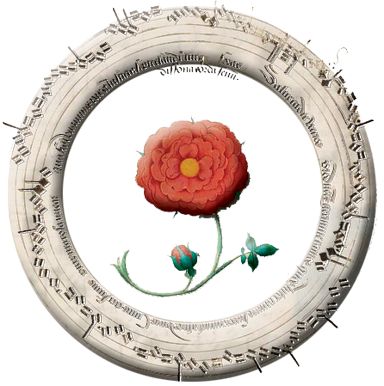
The Chapter
Everyone Skips
A journey of a thousand miles must
begin with a single footstep.
Lao Tzu
W elcome to Basic Music Theory! If you never thought youd pick up a book on music theory, youre not alone. I never thought Id write one, and certainly never anticipated a 4th edition. In my experience as a student, a player, and a teacher, I searched for and used many different methods of learning music theory. Some methods were good, most were okay, and a few were bad, but none of them worked with students to my satisfaction, so I wrote this one. Basic Music Theory has been out since 2001, and was the first of its kind. Since the book came out, Ive managed to earn a masters and a Ph.D. in music education, and Ive learned a lot, as you might imagine. Im stoked to update the book with better everything!



